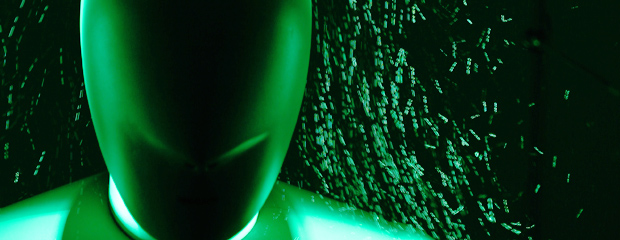
News about research

Schlieren imaging to provide IAQ
Assessing Airflows Using Schlieren Imaging System to Provide Indoor Air quality and Thermal Comfort
The invisible flow of air has major impact on the quality of air and thermal comfort of the occupant. Indoor air quality can be affected by gases (including carbon monoxide, radon, volatile organic compounds), particulates (dust, smoke), microbial contaminants (mold, fungi, bacteria, virus), or any radiation or energy in space that can induce adverse health conditions. To make this flow of indoor air currents due to heating, ventilation, and air conditioning (HVAC) visible, Schlieren imaging is a promising application. Invented by the German physicist August Toepler in 1864 to study supersonic motion, it is commonly used in aeronautical engineering to visualize the flow of air around objects. Schlieren imaging enables transparent media of varying density, such as air, to become visible. It works by capitalizing on the refraction of light; light bends as it travels through media of different densities.
This study consists of three parts: (1) collecting raw data using the large Schlieren Imaging System of the department of Building Physics. This includes the schlieren mirror, a camera, LED light source as well as samples to study like a thermal manikin. (2) analysis of schlieren imaging data using automatic image analysis and finally (3) computer simulations (CFD). The use of this large and unique Schlieren Imaging System will help to understand the indoor air flow, for example due to the interaction of HVAC and other sources of heat and contamination. Therefore, it provides an opportunity to maximize occupant’s comfort and health.
Fördermittelgeber:
DAAD
Projektlaufzeit:
10/2017 - 9/2020
Ansprechpartner:
Amayu Wakoya Gena M.Sc.
Tel. +49(0)36 43/58 48 35
